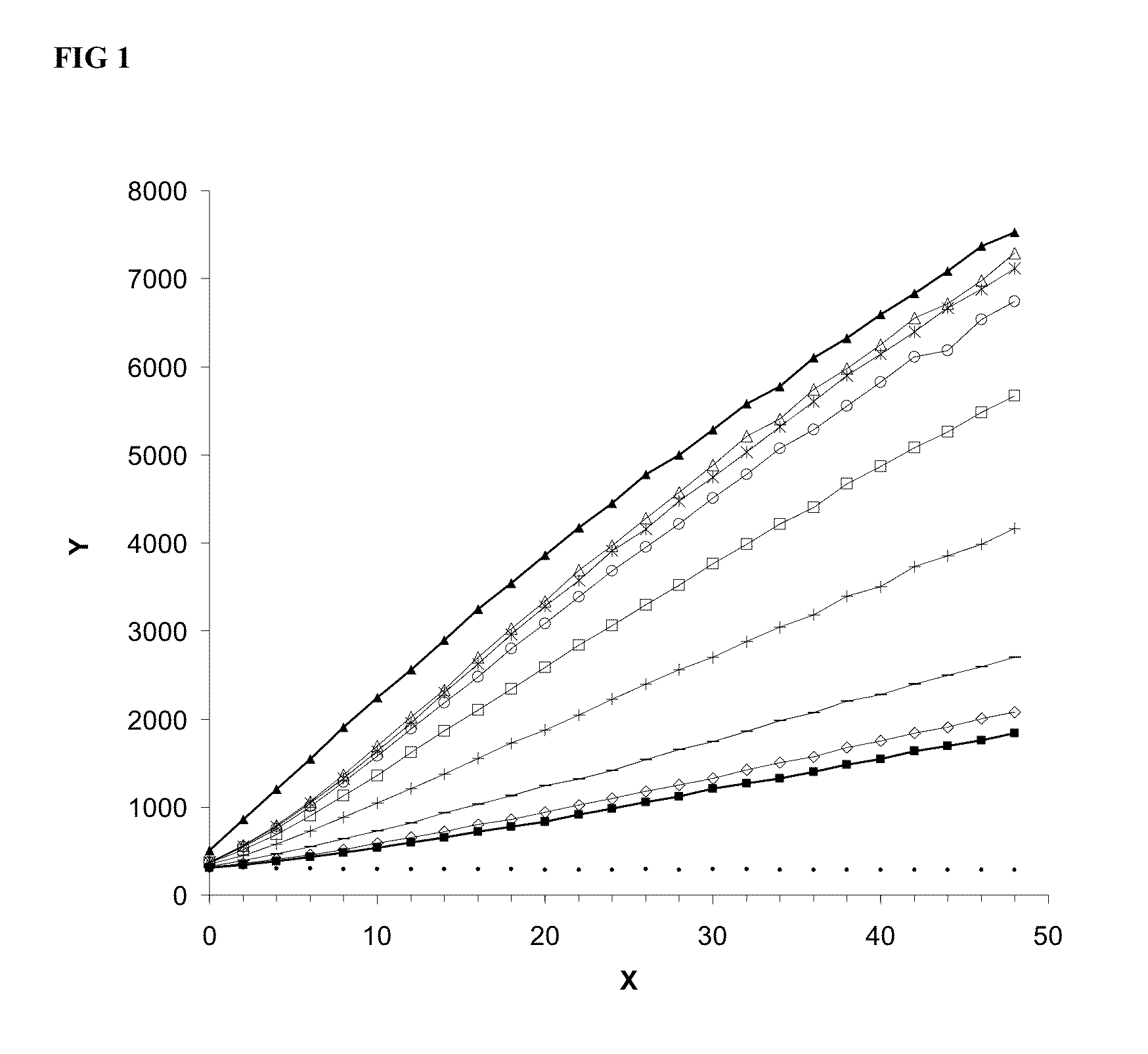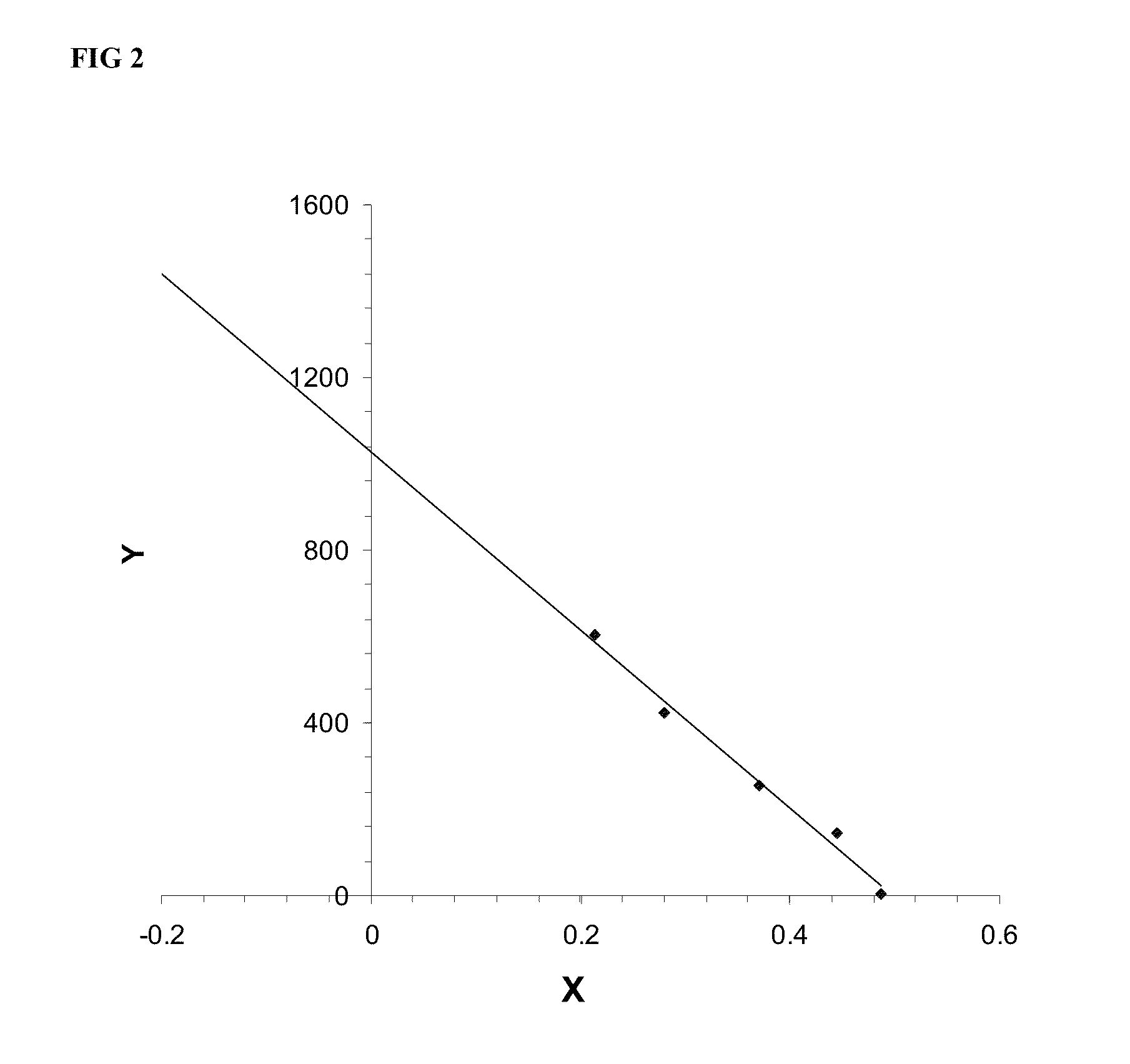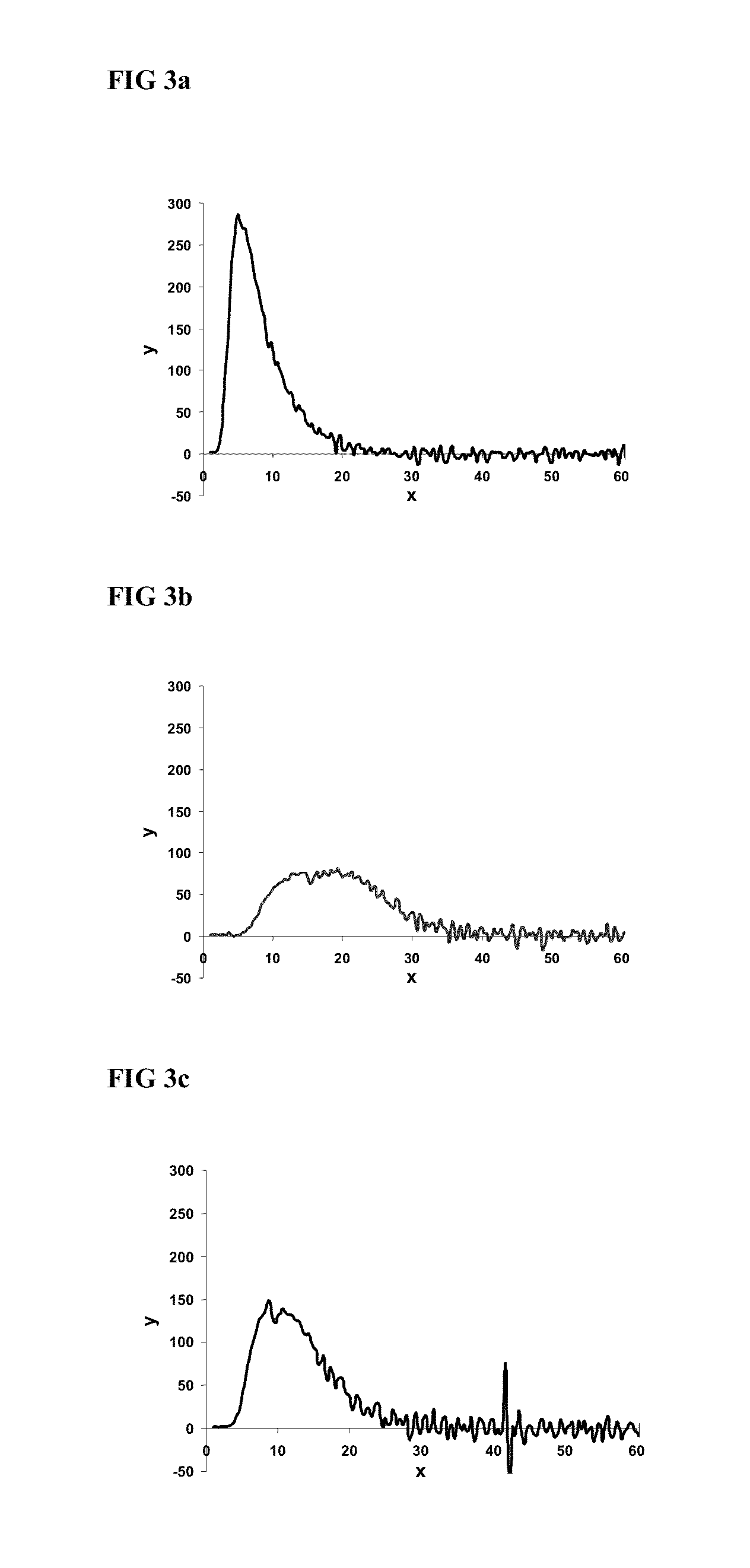Binding proteins to inhibitors of coagulation factors
a technology of coagulation factor and binding protein, which is applied in the direction of fused cells, antibody medical ingredients, extracellular fluid disorder, etc., can solve the problems of anticoagulant drugs, bleeding risk associated with treatment and and the limited ability to rapidly reverse the activity
- Summary
- Abstract
- Description
- Claims
- Application Information
AI Technical Summary
Benefits of technology
Problems solved by technology
Method used
Image
Examples
example 1a
N-({(5S)-3-[4-(2-Allyl-3-oxomorpholin-4-yl)phenyl]-2-oxo-1,3-oxazolidin-5-yl}methyl)-5-chlorothiophene-2-carboxamide [mixture of diastereomers]
[0236]
[0237]10.9 g (25.0 mmol) of 5-chloro-N-({(5S)-2-oxo-3-[4-(3-oxo-4-morpholinyl)phenyl]-1,3-oxazolidin-5-yl}methyl)-2-thiophenecarboxamide (described in WO 01 / 047919) were dissolved in 250 ml THF and 62.5 ml (10.5 g, 62.5 mmol) of a 1 N lithium hexamethyldisilazide-THF-solution were added slowly at −78° C. After 30 minutes 2.4 ml (4.4 g, 26.2 mmol) 3-iodo-2-propene were added dropwise. The reaction mixture was allowed to warm slowly to room temperature and was stirred at this temperature for 16 h. Then saturated aqueous ammonium chloride solution and ethyl acetate were added. The phases were separated and the aqueous phase was extracted with ethyl acetate. The combined organic extracts were washed with water, dried over sodium sulphate, filtered and concentrated under reduced pressure. The residue was dissolved in dichlormethane and was p...
example 1b
N-({(5S)-3-[4-(2-Allyl-3-oxomorpholin-4-yl)phenyl]-2-oxo-1,3-oxazolidin-5-yl}methyl)-5-chlorothiophene-2-carboxamide [enantiomerically pure diastereomer 2]
[0239]
[0240]Separation of isomers of 5.7 g (12.0 mmol) of the compound from Example 1A following method 1B resulted in 2.5 g of Example 1B (second eluated compound).
[0241]LC-MS (method 3A): Rt==0.95 min; MS (ESIpos): m / z=476 [M+H]+.
[0242]HPLC (method 1C): Rt==4.15 min
example 1c
5-Chloro-N-{[(5S)-3-{4-[2-(3-hydroxypropyl)-3-oxomorpholin-4-yl]phenyl}-2-oxo-1,3-oxazolidin-5-yl]methyl}thiophene-2-carboxamide [enantiomeric ally pure diastereomer]
[0243]
[0244]2.5 g (5.25 mmol) of the compound from Example 1B were dissolved in 35 ml THF and 23.1 ml (1.41 g, 11.6 mmol) of a 0.5 molar THF-solution of 9-borabicyclo[3.3.1]nonane were added at 10 to 15° C. The reaction mixture was allowed to warm to room temperature and was stirred at this temperature for 1.5 h. 13.1 ml (1.05 g, 26.3 mmol) of a 2N sodium hydroxide solution were added dropwise at 0 to 5° C. Then 4.6 ml of a 36% solution of hydrogen peroxide were added dropwise, whereas the bath temperature does not rise above 30° C. After 30 minutes ethyl acetate and water were added. The organic phase was separated. The aqueous phase was extracted with ethyl acetate. The combined organic extracts were washed with aqueous sodium hydrogen sulfite solution, dried over sodium sulphate, filtered and concentrated under reduc...
PUM
| Property | Measurement | Unit |
|---|---|---|
| Temperature | aaaaa | aaaaa |
| Fraction | aaaaa | aaaaa |
| Fraction | aaaaa | aaaaa |
Abstract
Description
Claims
Application Information
 Login to View More
Login to View More - R&D
- Intellectual Property
- Life Sciences
- Materials
- Tech Scout
- Unparalleled Data Quality
- Higher Quality Content
- 60% Fewer Hallucinations
Browse by: Latest US Patents, China's latest patents, Technical Efficacy Thesaurus, Application Domain, Technology Topic, Popular Technical Reports.
© 2025 PatSnap. All rights reserved.Legal|Privacy policy|Modern Slavery Act Transparency Statement|Sitemap|About US| Contact US: help@patsnap.com



